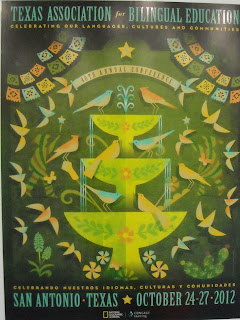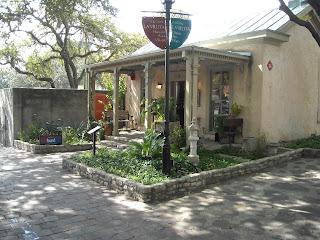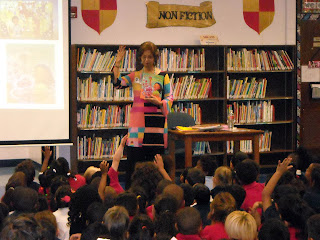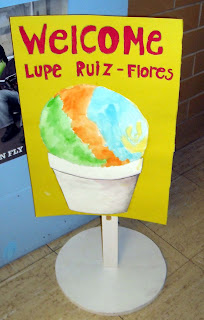Last summer when I attended the SCBWI-LA conference, one of the workshops I enrolled in was one on picture books headed by author Ann Whitford Paul. Some of her comments: picture books are action! On plot: each event is coming from the event before. The music of picture books: use words that SING! Read your book out loud. Pay attention to the sound of letters. Long vowels are more active and powerful than short ones. Number one rule: main character solves the problem. All this and a lot, lot more. Go to the author’s link above for more of her writing tips.
 |
| Mexican pottery at El Mercado |
“Listen carefully to first criticisms made of your work. Note just what it is about your work that the critics don’t like — then cultivate it. That’s the only part of your work that’s individual and worth keeping.” — Jean Cocteau













